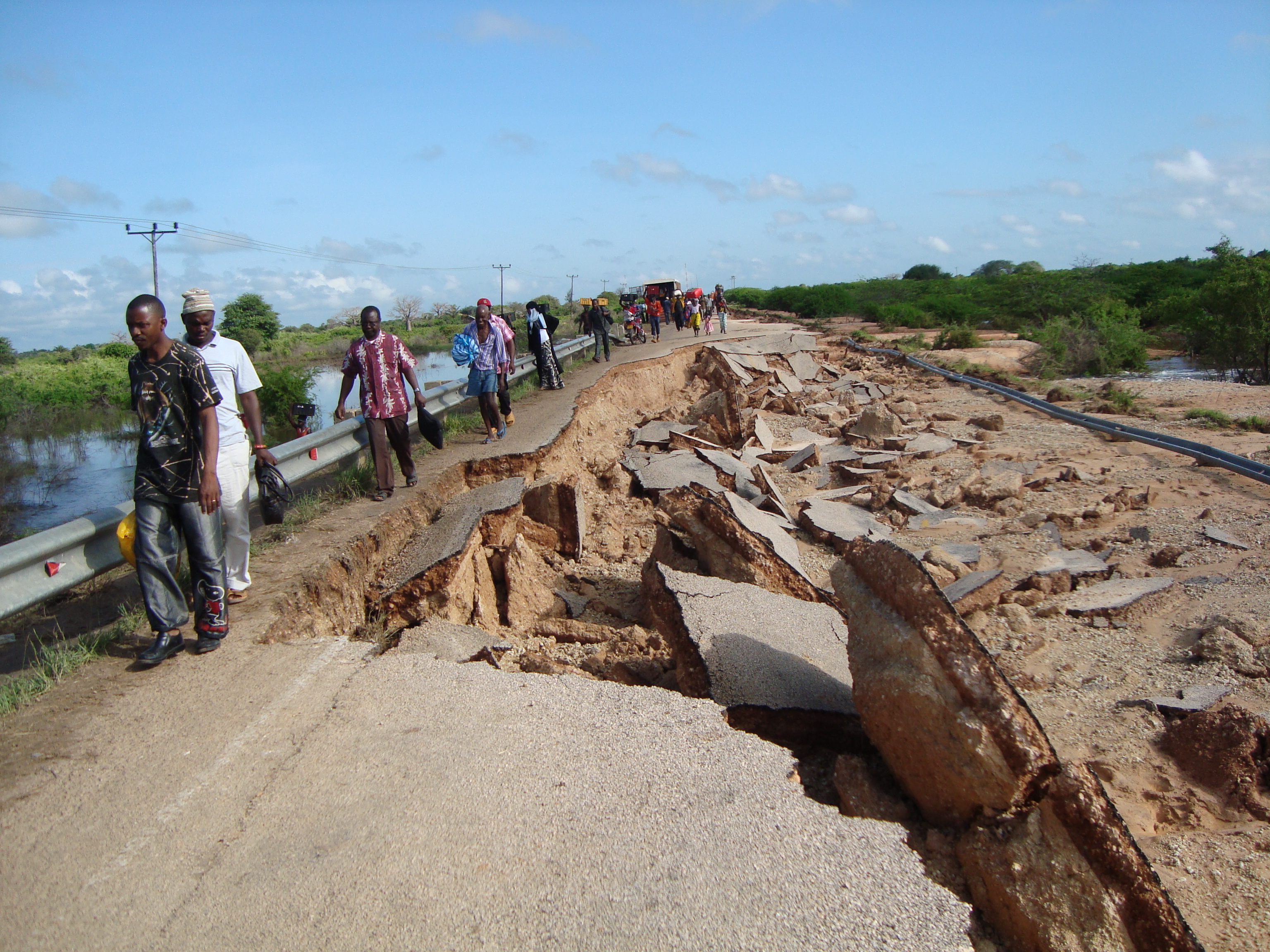Over the years, however, they have proven hugely valuable for responding to humanitarian crises.
The use of drones in humanitarian operations is a rapidly evolving field that underlines various capacities of UAVs and promotes the safe and ethical use of this powerful technology. Thanks to drones, the efficiency of humanitarian operations can be improved, and problems such as famine or climate change can be successfully addressed.
In recent years, drones have been deployed in humanitarian operations in various regions of the world, but Africa has been the undeniable leader in the field. Most recently, drones have been facilitating the delivery of COVID-19 vaccines to remote locations in Ghana.
Drones Facilitating Disaster Relief
When natural disasters such as floods, earthquakes or wildfires happen, the first seventy-two hours are critical. The emergency response needs to start immediately to save lives and help survivors. The first step in responding to such events is assessing the extent of the damage and identifying how many people need urgent help.
Getting to the disaster scene or waiting for reports from local authorities can take a significant amount of time. With the use of drones, creating maps of damaged areas takes ‘two or three days instead of a week’, the United Nations World Food Programme reported.
.png)
Not only are drones fast, but they can hover over vast regions affected by a disaster and provide images of resolution higher than manned aerial photography, even when there are clouds or at night. Moreover, thermal cameras can be attached to drones to detect heat, thus providing rescue teams with information on where the people who need help are.
In Africa, which is the continent most vulnerable to extreme weather events caused by climate change, drones have facilitated rescue missions and supported local communities affected by natural disasters. For example, as the African Union Development Agency reported, during Cyclone Eloise in January 2021, five African countries used drones to search for survivors. After the event, drones assessed the damage to houses and the integrity of water and electricity supply in hard-to-reach areas.

Drones Delivering Critical Supplies
Around sixty per cent of the population of Sub-Saharan Africa live in rural regions. Drones have been an important part of delivering humanitarian aid to areas that are difficult to get to and regions ravaged by armed conflict. UAVs allow humanitarian workers to deliver food, water, and medical supplies to those who need them without having to put their lives at risk.
Timely access to vaccines, medicines and equipment can significantly improve the response to disease outbreaks. Using drones makes it possible to deliver urgently needed blood supplies and medications in minutes rather than hours. UNICEF observed that drones can also quickly transport samples and medical diagnostic kits between cities and villages to identify the emergence of virus diseases. That has been the case in Uganda, where drones have been used to confirm Ebola outbreaks.
Keller Rinaudo, CEO of Zipline, once said ‘Millions of people across the world die each year because they can’t get the medicine they need when they need it.’
To end this endless cycle of suffering, in 2016, Zipline, a California-based company, launched the world's first national drone delivery service in Rwanda. Since then, it has been saving lives and operating delivery drones to provide vulnerable African communities with lifesaving medical supplies.
In March this year, Zipline started delivering COVID-19 vaccines in Ghana, which became the world’s first country to use drone technology to contain the pandemic. Just a few days after the programme started, drones distributed 11,000 vaccines to rural communities.
.jpg)
Challenges Ahead
Drones can help fight poverty, feed food-insecure people, save lives and prevent the spread of diseases. They can also ensure that no one is left behind and that no lives are lost because of preventable causes.
This innovative technology can deliver positive change not only in Africa but everywhere in the world. Unfortunately, however, there still exist a number of barriers preventing the application of drones in many African countries. As the main obstacles, the African Union Development Agency named ‘high costs, unskilled manpower, and restrictive regulatory frameworks.’
For the time being, African drone regulations are in the development stage. That means that governments enjoy a great degree of autonomy, and there is no harmonised regulatory framework addressing the development and use of drones in humanitarian operations. The implications of it can be felt the most by humanitarian actors who are often not capable of meeting high standards associated with getting permits for operating drones. In turn, their responses to natural disasters or health crises are not as effective as they could be if a comprehensive legal framework were in place.
As UAVs are increasingly used in humanitarian response, they must be handled responsibly. The benefits of using drones for humanitarian aid are clear. Drones have the potential to help achieve healthcare equity, stability, and prosperity in Africa and provide people recovering from disaster and conflict with essential assistance. Yet, to use their full potential, African nations need to better coordinate the use of drone technology.
The Author:
Katarzyna Rybarczyk is a Political Correspondent for Immigration News, a media platform affiliated with Immigration Advice Service. Through her articles, she aims to raise awareness about security threats worldwide and the challenges facing migrants.